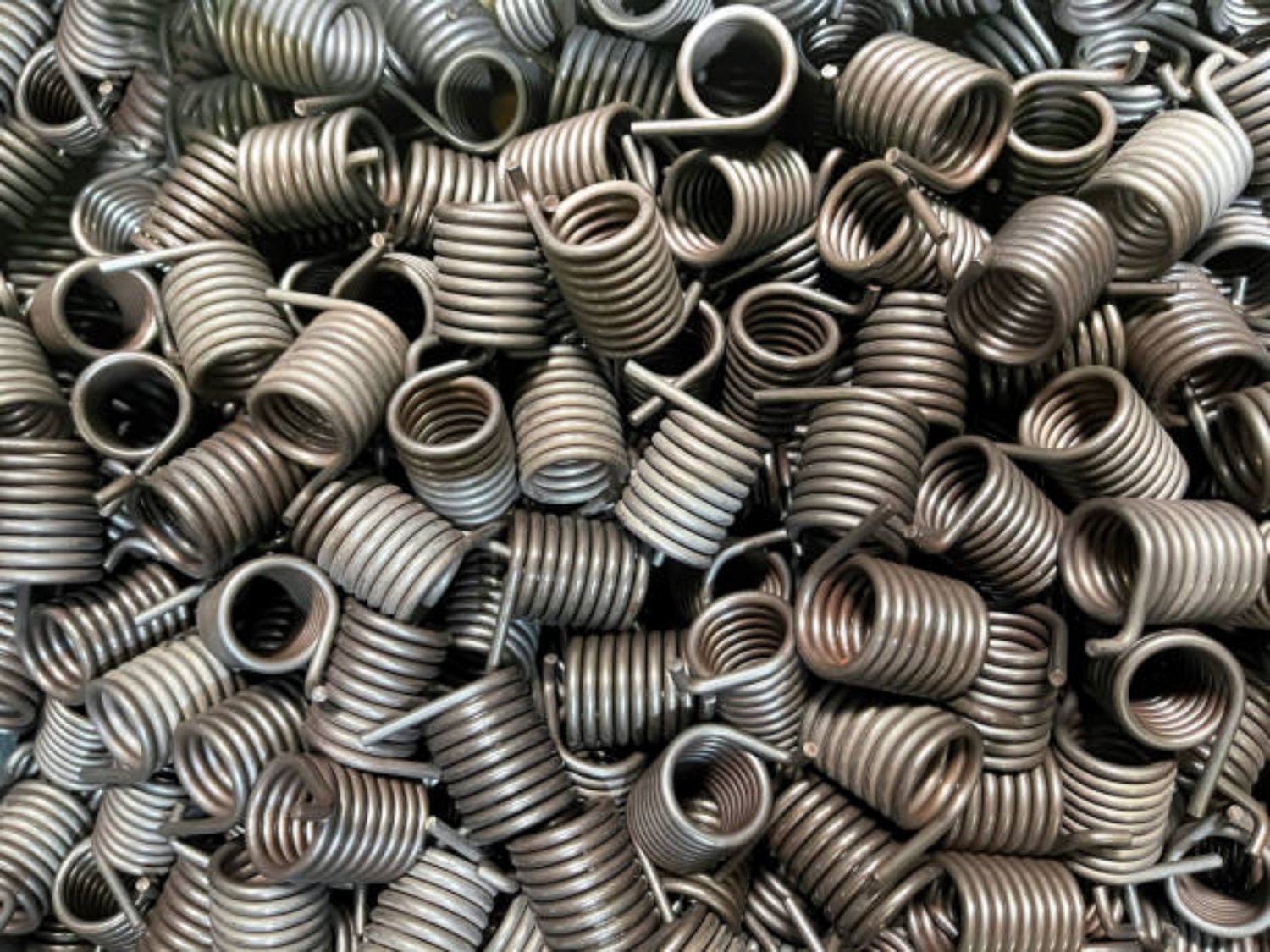The Importance of Determining Torsion Spring Size
Torsion springs play a vital role in various mechanical systems, providing the necessary torque to rotate objects. Whether you are working on a garage door, a mousetrap, or a complex industrial machine, determining the correct torsion spring size is crucial for optimal performance and safety. In this article, we will guide you through the process of determining torsion spring size, helping you make informed decisions for your specific application.
Understanding Torsion Springs
Before diving into the details of determining torsion spring size, it is essential to have a fundamental understanding of torsion springs themselves. Torsion springs are helical springs that store mechanical energy when twisted or rotated around their axis. They exert a rotational force, or torque, proportional to the amount they are twisted. This torque can be utilized to counterbalance or control the rotational motion of various mechanical components.
Identifying the Application's Requirements
When determining the torsion spring size, the first step is to identify the specific requirements of your application. Consider factors such as the load or weight the spring needs to support, the desired torque or rotational force, and the available space constraints. Understanding these requirements will help you select an appropriate spring size that can effectively fulfill the application's needs.
Calculating the Required Torque
To determine the torsion spring size, you need to calculate the required torque. Torque is typically measured in units of force multiplied by distance, such as pound-feet or Newton-meters. It is crucial to accurately calculate the torque to ensure the spring can provide sufficient rotational force. Consider factors such as the weight of the load, the distance from the spring's axis of rotation, and any additional factors that may affect the torque requirements.
Considering the Wire Diameter and Material
When selecting a torsion spring size, the wire diameter and material are crucial considerations. The wire diameter determines the strength and flexibility of the spring, while the material choice affects its durability and resistance to corrosion or fatigue. It is essential to consult spring manufacturers' catalogs or engineering references to identify the appropriate wire diameter and material options for your specific application.
Determining the Spring Length
Another important aspect of determining torsion spring size is the spring length. The spring length affects the amount of deflection or twist the spring can sustain while providing the required torque. It is crucial to consider the available space constraints and the desired spring deflection when selecting the appropriate spring length.
Accounting for Safety Factors
When determining torsion spring size, it is essential to account for safety factors. Springs are subject to various factors that can affect their performance, such as fatigue, stress, and wear over time. It is recommended to design your application by considering a safety factor that ensures the spring can handle unforeseen or excessive loads without failure.
Consulting Spring Manufacturers or Experts
If you are unsure about determining the torsion spring size for your application, it is always advisable to consult spring manufacturers or experts in the field. These professionals have extensive knowledge and experience in designing and selecting torsion springs for various applications. They can provide valuable insights and recommendations specific to your requirements, ensuring optimal performance and safety.
Testing and Iterating
Once you have determined the initial torsion spring size based on the calculations and considerations mentioned above, it is crucial to test the spring in your application. Real-world testing can help validate the spring's performance and identify any potential issues or areas for improvement. If necessary, iterate the spring size or design until the desired performance is achieved.
Maintaining and Inspecting Torsion Springs
Lastly, it is essential to regularly maintain and inspect torsion springs to ensure their continued performance and safety. Over time, springs may experience wear, fatigue, or corrosion, which can affect their functionality. Regular inspections and maintenance, including lubrication and cleaning, can help prolong the lifespan of torsion springs and prevent unexpected failures.

